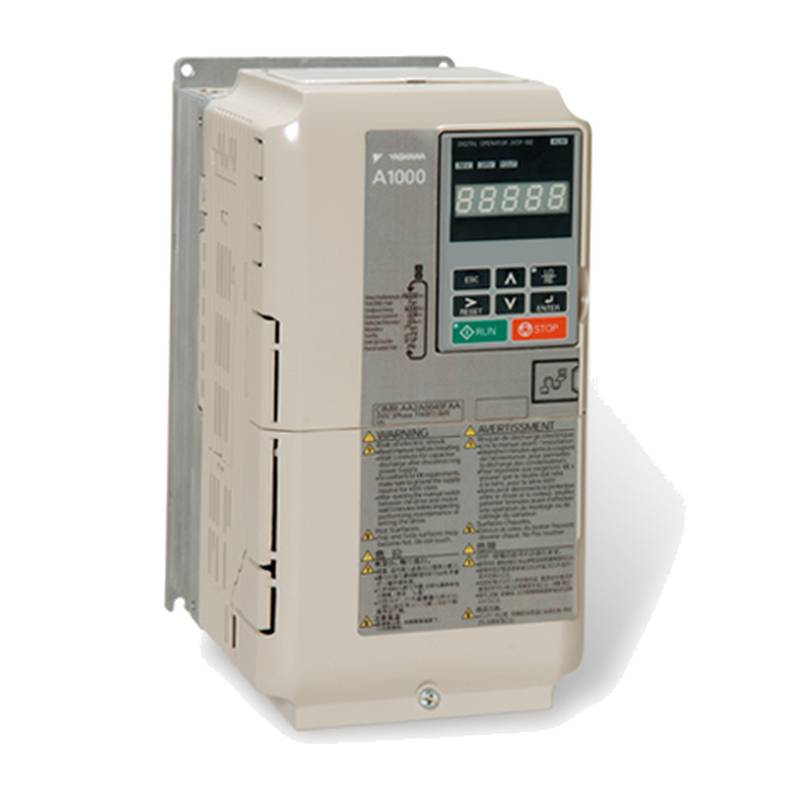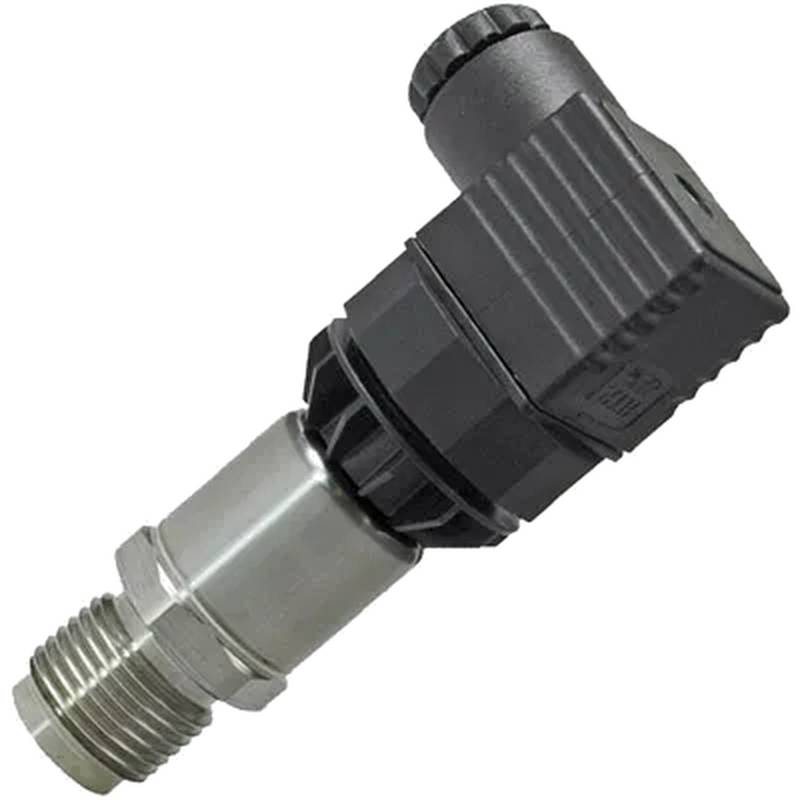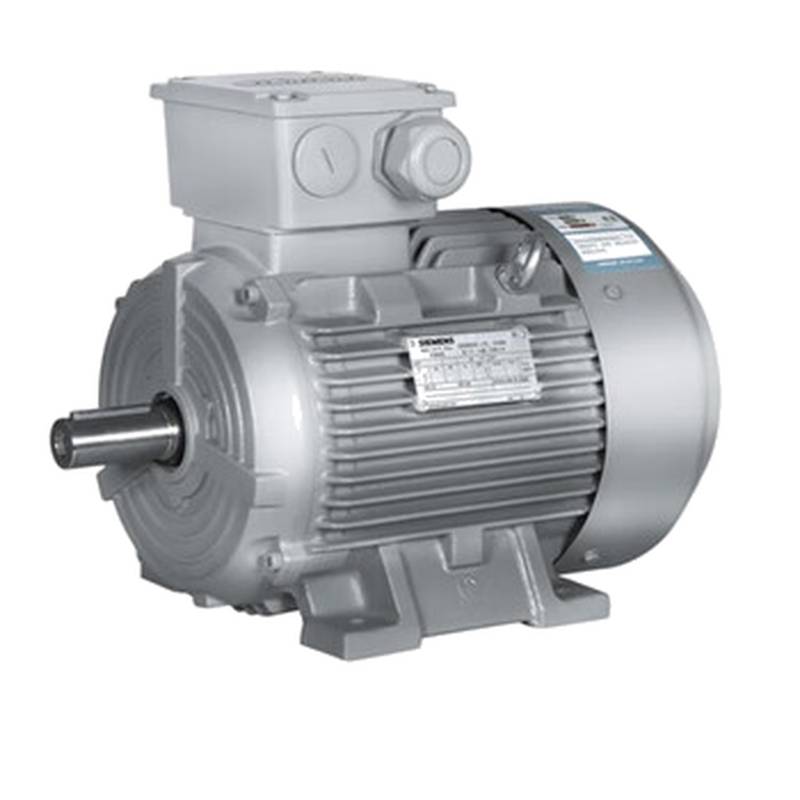
The Siemens 5SY6225-8CC industrial circuit breaker is a robust 2-pole, 25A solution designed for reliable power distribution in demanding industrial environments. Its key advantages lie in its high breaking capacity, precise overcurrent protection, and compliance with stringent international safety standards. This compact yet powerful device ensures operational continuity and personnel safety, making it an essential component for modern electrical systems.
Siemens 5SY6225-8CC: Product Specifications
| Feature | Specification |
| :--------------------- | :------------------------------------------- |
| Product Type | Miniature Circuit Breaker (MCB) |
| Series | 5SY6 |
| Number of Poles | 2P |
| Rated Current (In) | 25 A |
| Tripping Curve | C |
| Breaking Capacity (Icn)| 6 kA (at 230/400V AC) |
| Rated Voltage (Ue) | 400 V AC |
| Frequency | 50/60 Hz |
| Insulation Voltage | 500 V |
| Terminal Type | Screw Terminals |
| Mounting Type | DIN Rail (35mm) |
| Protection Class | IP20 (with cover) |
| Ambient Temperature | -25°C to +45°C |
| Standards Compliance | IEC/EN 60898-1, IEC/EN 60947-2 |
| Color | White/Light Grey |
Core Features & Market Positioning
The Siemens 5SY6225-8CC distinguishes itself through its Type C tripping characteristic, offering a balance between protection against short circuits and tolerance for inrush currents common in inductive loads like motors and transformers. This makes it exceptionally versatile for a wide array of industrial applications where consistent power flow is critical. Its robust construction, rated for a breaking capacity of 6 kA, ensures it can safely interrupt fault currents, thereby protecting downstream equipment and preventing electrical fires. Siemens' reputation for quality and reliability further solidifies the 5SY6 series' market position as a dependable choice for professional electrical installations demanding both performance and safety.
Key Application Scenarios
This 2-pole, 25A circuit breaker is ideally suited for main and branch circuit protection in control panels, distribution boards, and machinery within manufacturing plants, process industries, and commercial buildings. Its application spans protecting lighting circuits, socket outlets, and particularly motor control circuits where the Type C curve provides necessary nuisance trip avoidance. For systems requiring isolation, the 2-pole design ensures complete disconnection of both live conductors, a crucial safety feature in many industrial settings. Its 25A rating makes it a common choice for circuits powering moderate-sized equipment and distribution sub-panels.
Practical System Integration Guidance
Integrating the Siemens 5SY6225-8CC into existing or new power distribution systems is straightforward due to its standard 35mm DIN rail mounting. Ensure proper torque is applied to the screw terminals to guarantee a secure electrical connection, preventing overheating and potential failure. When wiring, observe correct polarity and ensure the incoming power source is connected to the top terminals and the load to the bottom terminals for proper operation and safety. For applications involving higher ambient temperatures or frequent switching, derating may be necessary as per Siemens' guidelines to maintain performance and lifespan.
Operation and Risk Mitigation
The primary function of the 5SY6225-8CC is to protect electrical circuits from overloads and short circuits. Overload protection is achieved through a thermal tripping mechanism, while short-circuit protection utilizes a magnetic tripping mechanism. To mitigate risks, always ensure the breaker is correctly rated for the load it is protecting and that the ambient temperature is within its specified operating range. Proper installation by qualified personnel is paramount; incorrect wiring or an improperly sized breaker can lead to equipment damage or fire hazards. Regular visual inspection for signs of overheating or damage is also recommended.
Scalability & Long-Term Value
The 5SY series, including the 5SY6225-8CC, is designed for compatibility within Siemens' broader industrial control and automation portfolio. While direct "upgrade paths" for MCBs are uncommon, their modular design allows for easy replacement or addition in standard distribution systems. Integration with modern digital solutions typically occurs at the distribution board level through smart metering or supervisory control and data acquisition (SCADA) systems that monitor breaker status and energy consumption, rather than direct IIoT connectivity of the MCB itself. Its robust build quality ensures long-term operational value and minimizes downtime.
Frequently Asked Questions
Q1: What is the breaking capacity of the Siemens 5SY6225-8CC?
The Siemens 5SY6225-8CC boasts a significant breaking capacity of 6 kA. This is crucial for safely interrupting fault currents. It ensures protection against severe electrical events.
This capability is tested at standard voltages, specifically 230V AC for single-pole devices and 400V AC for multi-pole units. It provides a robust safety margin in industrial settings.
A higher breaking capacity means the circuit breaker can handle more intense short circuits without sustaining damage. This enhances overall system safety and reliability.
Q2: What does the 'C' in 5SY6225-8CC signify?
The 'C' in the product designation refers to the tripping curve type. For the 5SY6 series, a Type C curve is standard. This curve defines how the breaker reacts to overcurrents.
Type C breakers are designed to trip within 5 to 10 times the rated current for short circuits. They also have a thermal delay for overloads. This makes them suitable for loads with moderate inrush currents.
Applications benefiting from a Type C curve include motor starting circuits, transformers, and fluorescent lighting ballasts. These loads can temporarily draw more current upon startup.
Q3: Can I use the Siemens 5SY6225-8CC for DC applications?
The Siemens 5SY6225-8CC is primarily designed and certified for AC (Alternating Current) power distribution. Its breaking capacity and tripping characteristics are optimized for AC systems.
Using this breaker in DC (Direct Current) circuits is generally not recommended and may not provide adequate protection. DC circuits behave differently than AC circuits during fault conditions.
For DC applications, it is essential to use circuit breakers specifically designed and rated for DC voltage and current. Always consult Siemens' product documentation for specific application suitability.
Q4: What is the purpose of a 2-pole circuit breaker?
A 2-pole circuit breaker simultaneously disconnects both the live (phase) and neutral conductors of an electrical circuit. This ensures complete isolation of the circuit from the power supply.
This feature is critical for safety, especially in industrial environments or for circuits supplying equipment that requires full disconnection. It provides a higher level of safety than single-pole breakers.
Two-pole breakers are commonly used for single-phase circuits where complete isolation is mandated by safety regulations, or for circuits feeding specific equipment like motors or control panels.
Q5: How do I properly install the Siemens 5SY6225-8CC?
Installation requires mounting the breaker onto a standard 35mm DIN rail within a distribution panel. Ensure the rail is securely fastened.
Connect the incoming power supply wires to the designated top terminals and the outgoing load wires to the bottom terminals. Use appropriate torque settings for screw terminals to ensure a solid connection.
Always ensure the main power source is de-energized before commencing installation. Verify wiring integrity and polarity before re-energizing the circuit.
Q6: What are the temperature limitations for this circuit breaker?
The Siemens 5SY6225-8CC is rated for operation within an ambient temperature range of -25°C to +45°C. Adhering to this range is crucial for its reliable performance.
Operating the breaker outside these limits can affect its tripping characteristics and lifespan. High temperatures can lead to premature tripping or failure to trip when needed.
If installed in environments exceeding 45°C, derating of the breaker's current carrying capacity might be necessary according to manufacturer guidelines.
Q7: What standards does the 5SY6225-8CC comply with?
This circuit breaker complies with key international safety and performance standards. These include IEC/EN 60898-1 and IEC/EN 60947-2.
IEC/EN 60898-1 specifically addresses circuit breakers for household and similar installations. IEC/EN 60947-2 pertains to low-voltage switchgear and controlgear.
Compliance with these standards ensures the product meets rigorous safety, performance, and quality requirements for industrial applications worldwide.
Q8: Can this circuit breaker be used in wet or dusty environments?
The Siemens 5SY6225-8CC has an IP20 protection rating when a cover is in place. This rating signifies protection against solid objects larger than 12.5mm.
IP20 is not sufficient for protection against water ingress or fine dust. For environments with significant moisture or dust, enclosures with higher IP ratings are necessary.
Always ensure the circuit breaker is housed within an appropriate enclosure that meets the environmental protection requirements of the installation site.
Q9: How does the thermal tripping mechanism work?
The thermal tripping mechanism relies on a bimetallic strip. When an overload current flows for an extended period, the strip heats up.
This heating causes the bimetallic strip to bend. The bending action eventually triggers a mechanism that opens the circuit breaker contacts.
This process provides protection against sustained overcurrents that can overheat wires and potentially cause fires. It acts relatively slowly compared to short-circuit protection.
Q10: What is the difference between overload and short circuit protection?
Overload protection safeguards against currents slightly above the rated level that persist over time, like a motor drawing too much power. It uses a slower thermal mechanism.
Short circuit protection handles very high currents that occur instantaneously due to a fault, such as wires touching. It employs a faster magnetic mechanism.
Both are vital for circuit safety. The Siemens 5SY6225-8CC combines both thermal (overload) and magnetic (short circuit) tripping in its design.
























